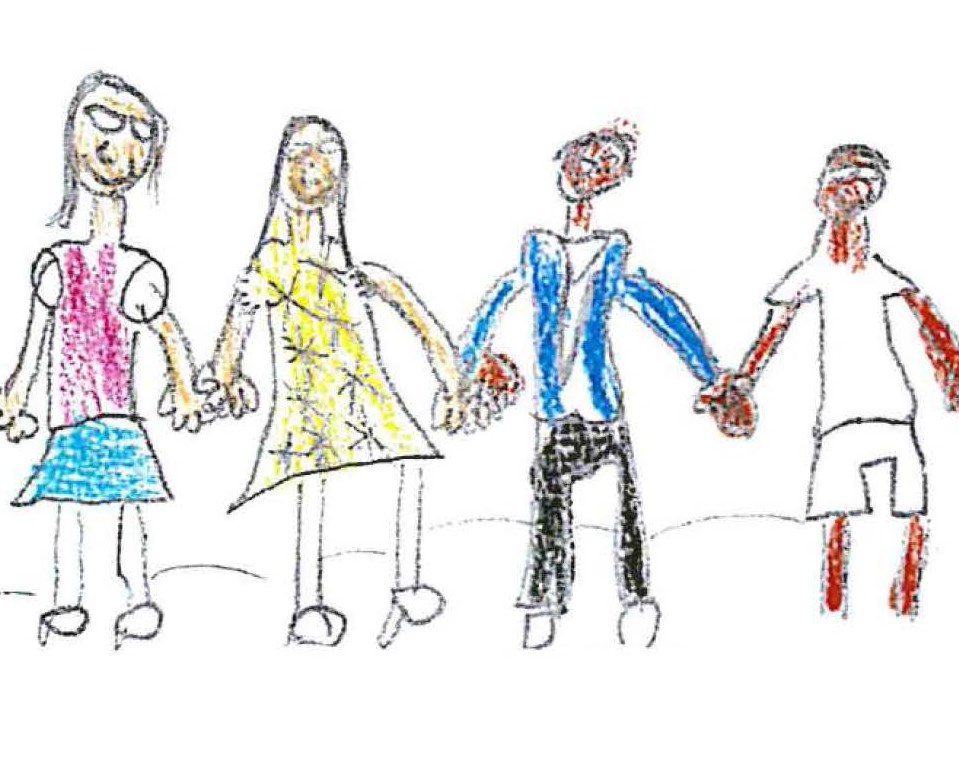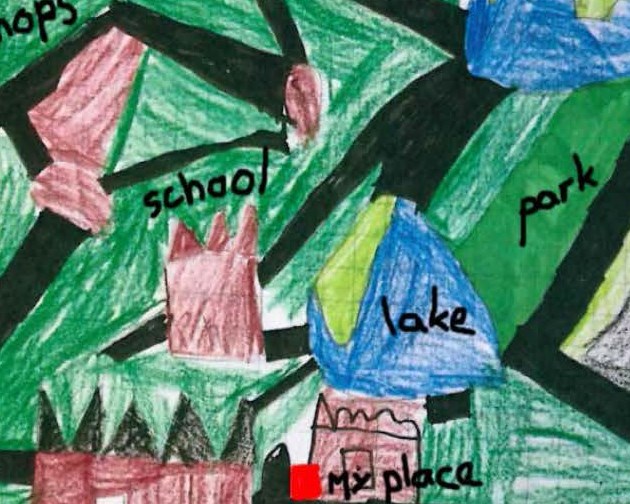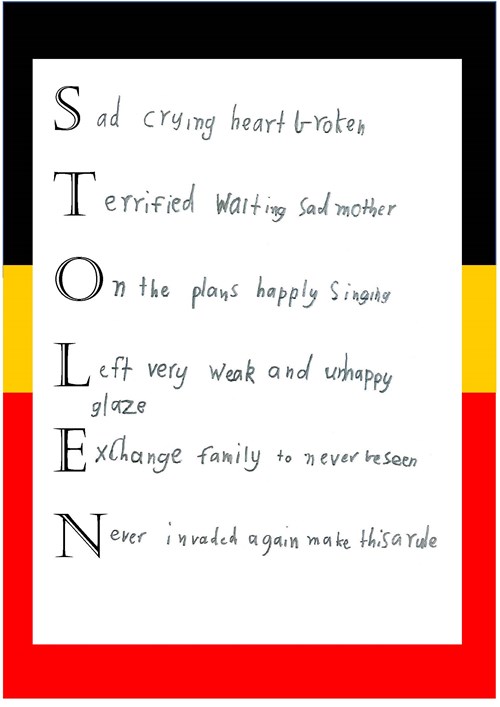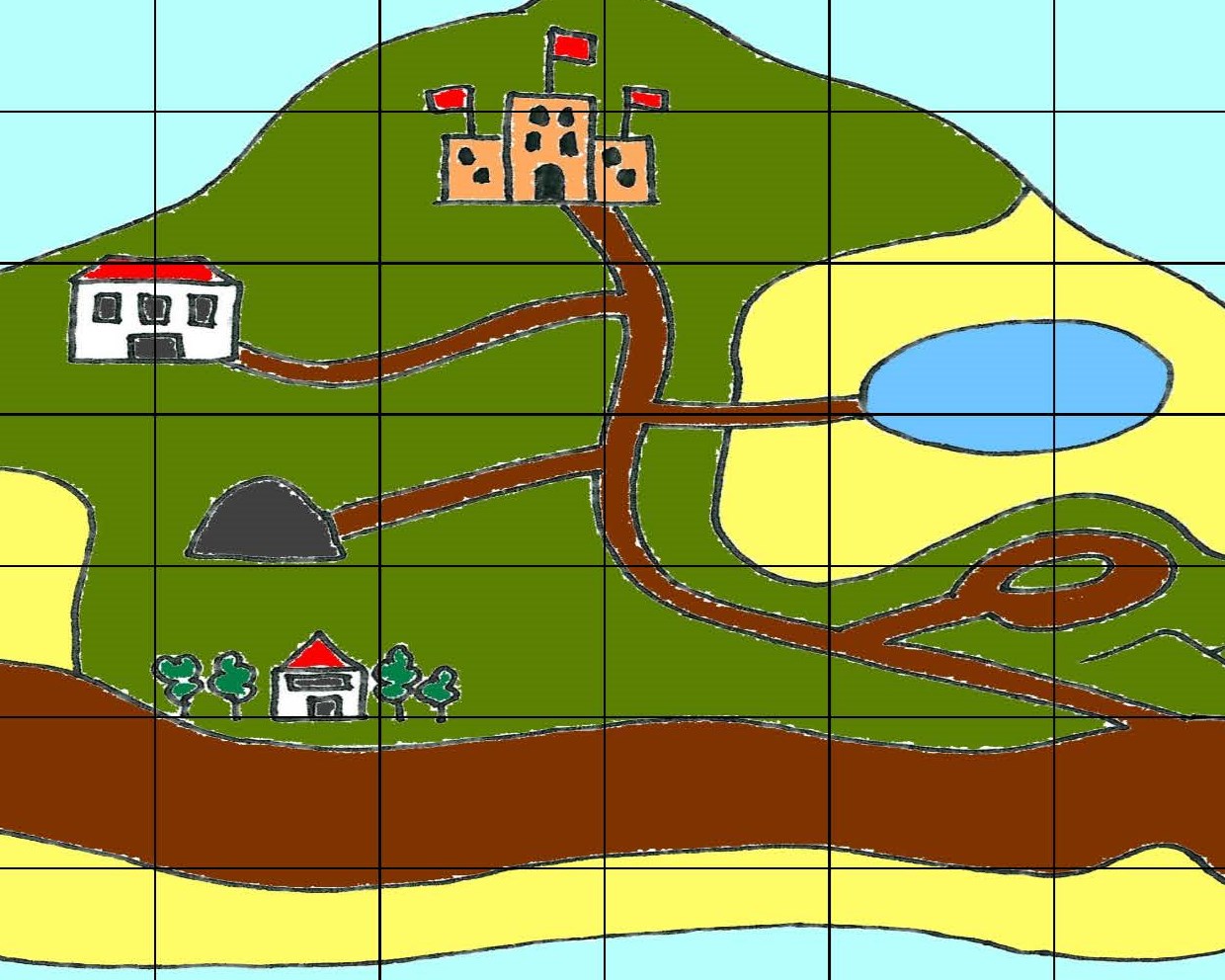Australia and its neighbours
Summary of task
Students labelled outline maps to show the location of the following: the states, territories and capital cities of Australia; some of the major natural features of Australia; and Australia’s neighbouring countries in the Asia-Pacific region. Students were supported in this task by classroom resources such as globes, wall maps, atlases and digital applications. The task was completed during two 50-minute lessons.
Achievement standard
By the end of Year 3, students describe the location of the states and territories of Australia, the location of selected Aboriginal and Torres Strait Islander Countries/Places and selected countries neighbouring Australia. They describe the characteristics of different places at local scales and identify and describe similarities and differences between the characteristics of these places. They identify connections between people and the characteristics of places and recognise that people have different perceptions of places.
Students pose geographical questions and locate and collect information from different sources to answer these questions. They record and represent data in tables and simple graphs and the location of places and their characteristics on labelled maps that use the cartographic conventions of legend, title and north point. They describe the location of places and their features using simple grid references and cardinal compass points. Students interpret geographical data to identify and describe distributions and draw conclusions. They present findings using simple geographical terminology in a range of texts. They reflect on their learning to suggest individual action in response to a geographical challenge.








